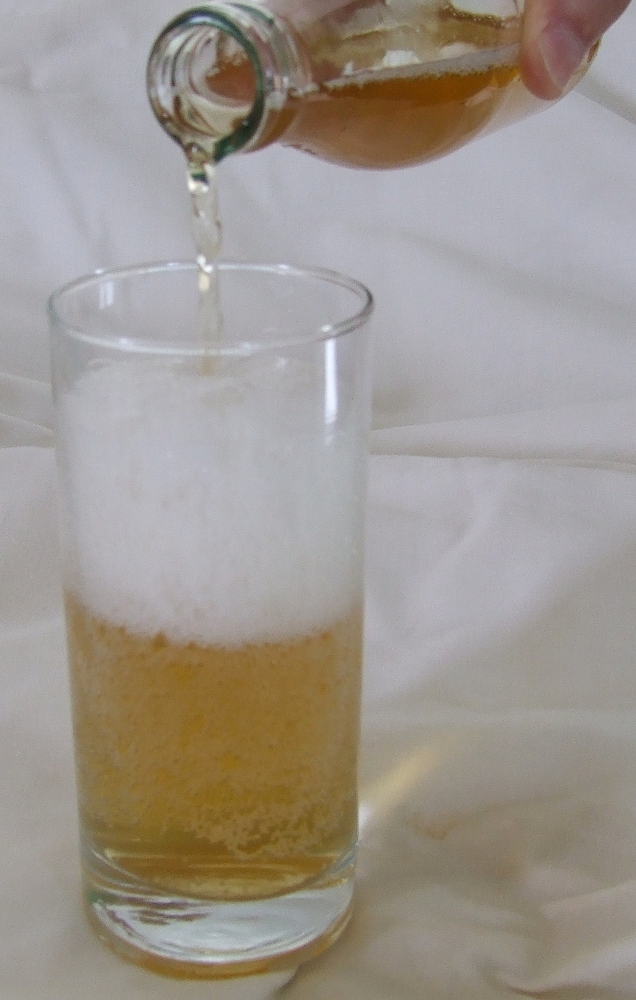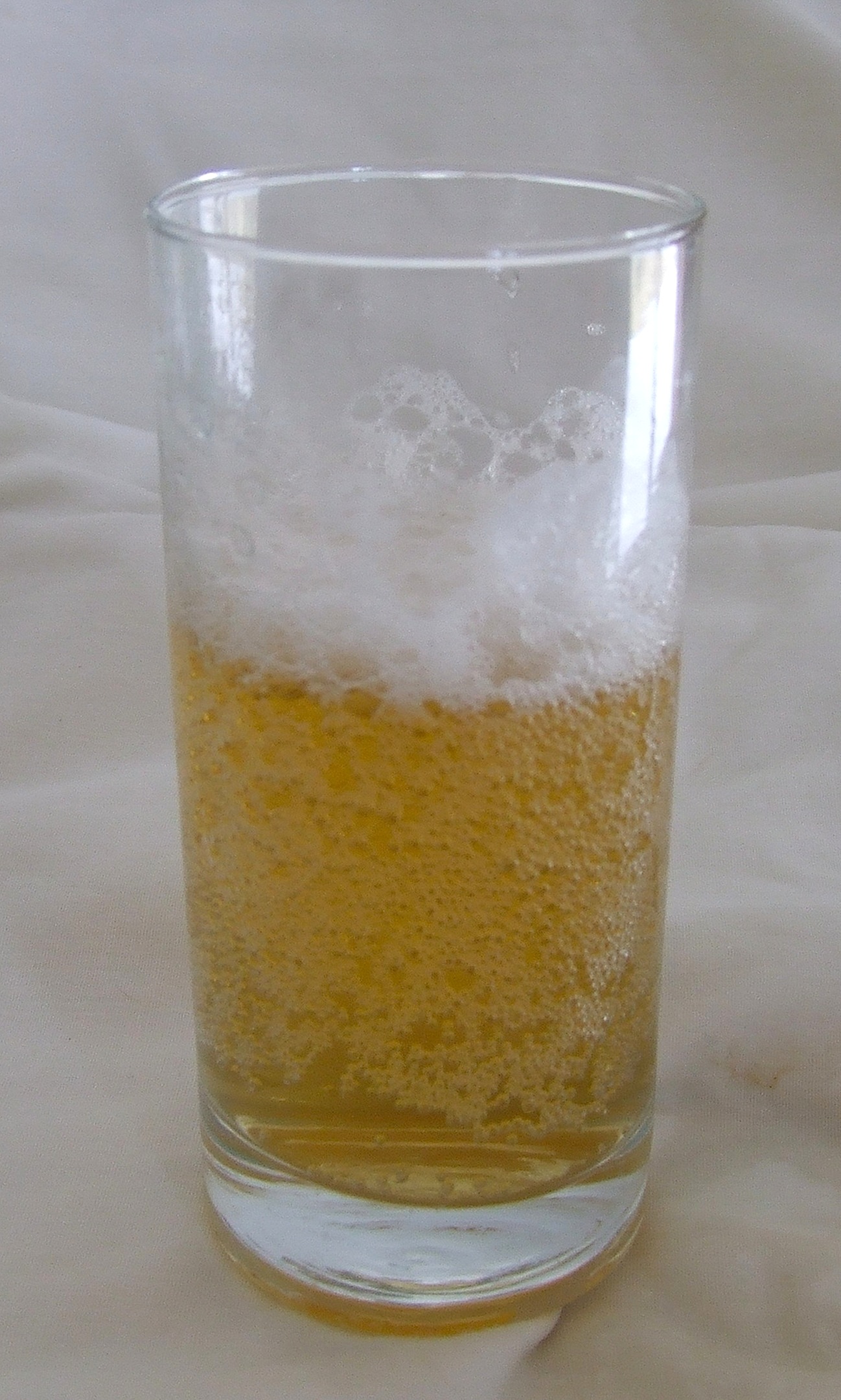


There are many different probiotic foods which are healthy for the human body. World Health Organization defines probiotics as “living organisms that, when ingested in adequate quantities, are beneficial to the host's health.” Kombucha drink is one of those probiotic and therapeutic foods.
Kombucha is known and produced since ancient times. It appeared probably over 2000 years ago in China. It was passed from person to person as a sign of friendship and mutual help. Its diffusion to Western countries possibly occured through Russia. During World War I, Russian and German war prisoners must have contributed to spreading the drink to other European Countries.
Kombucha is a drink made from a specific fungus. Some call it “tea mushroom” or “tea fungus” due to its appearance, but it is in fact a zooglea, a biofilm which results from a complex symbiosis between several bacteria and yeast species, green or black tea (some other infusions can also be used) and sugar. The concussion should ferment for 1 or 2 weeks. Then, the zooglea is separated from the liquid and put in new tea with sugar and a little fermented kombucha drink.
 Kombucha is a fermented drink, in many aspects like kefir and yoghurt.
Kombucha is a fermented drink, in many aspects like kefir and yoghurt.
The final product contains a small amount of alcohol (0,5 to 1%) and sugar. The longer the drink ferments the less sugar content and the higher alcohol content. The drink naturally accumulates gas, so it is a little sparkly.
Acetic acid resulting from fermentation suppresses the development of any microorganism strange to kombucha, which explains the longevity of the zooglea. The “mother” zooglea grows and other fungi are often created at the top or bottom of the fermenting mixture. Thus, it is common for people to offer the surplus zoogleas, spreading kombucha through the world.
Nowadays it is easy to find the drink in stores. Bottling limits the quantity of oxygen and inhibits bacterial activity. A few days after bottling, gas and acid production stops and the kombucha and its properties remain stable for months.
During fermentation of the sugary tea, kombucha culture (which often looks like a small pancake) feeds mostly on sugar and in return produces other valuable substances such as glucoronic acid, gluconic acid, lactic acid, vitamins (mostly C and B) and amino acids.
Kombucha is a probiotic drink useful to digestion that inhibits the development of harmful microorganisms in the intestine, preventing infections and stimulating the immune system. It helps to regulate the intestinal flora and has antioxidant properties. Furthermore, it is mentioned in some scientific literature as being useful in diabetes [1], rheumatism, arthritis, gout and cancer [2]. This refreshing drink can help detox the human body and improve metabolism, leading to a better immune system.
It is not recommended for pregnant or nursing women, due to the presence of heparin (anticoagulant). If taken while breastfeeding it can work as a strong laxative in the baby’s delicate and yet underdeveloped digestive system. Hemophiliacs should also avoid kombucha.
The recommended dosage is up to 3 glasses of kombucha daily before breakfast, with meals or before bed. Enjoy and be healthy!
Referências:
[1] http://www.ncbi.nlm.nih.gov/pubmed/22591682
[2] http://www.kombu.de/portugis.htm
Insert date: 2013-06-27 Last update: 2013-07-10
Comment
![]()
![]()
Authors > Contributor writers > Cristina Rodrigues
Authors > Translators > Ana Soares
Other foods